PETRISAGE (KNEADING) MASSAGE: TO RELEASE MUSCLE SPASM
KNEADING ( PETRISAGE ) MASSAGE
Table of Contents
DEFINATION:
- Petrissage is a moderately deep massage technique performed in a rhythmical manner attempting to manipulate the muscles beneath the superficial tissue layers.
- The petrissage techniques are executed using the palms, fingers or thumbs, or a combination of these. Some less used variants include using fists when executing.
- Scissoring is another petrissage movement that is performed only over a flat area with very little pressure. The index and middle fingers of both hands are only used for this movement. They are placed opposite each other and then are slowly worked towards each other lifting and releasing as they go.
- It is also a term used in French professional bread baking describing a particular stage during dough development.
Description:
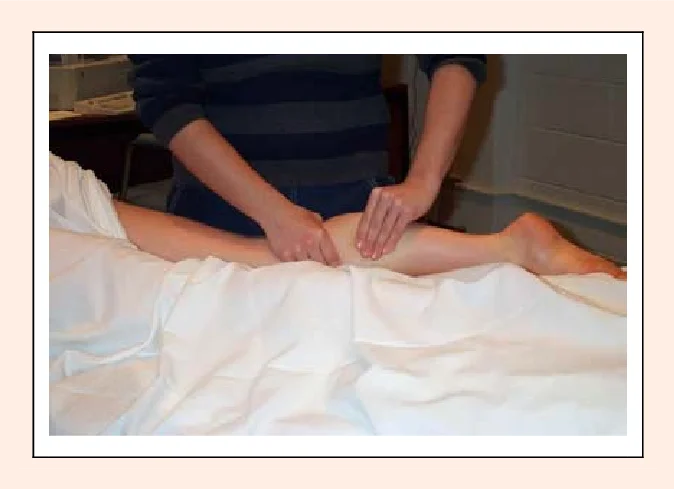
Benefits & Effects of the Petrissage Massage:
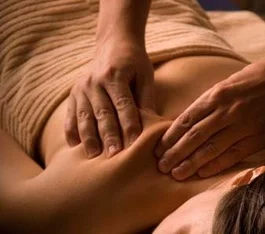
Petrisage is an effective massage technique used to:
– Increase blood circulation
– Stretch and loosen muscle fibres
– Increase range of movemen
- Petrissage is used to improve blood circulation, increase recovery, stretch and loosen muscle fibres and increase range of movement.
- Petrissage is used to increase blood circulation. Increase blood circulation increases temperature of the muscles allowing them to relax. The petrissage massage techniques pick up and squeeze muscles stimulating capilliarisation and vasodilation in the blood flow. Capilliarisation and vasodiliation is the increase of number and size of blood cells.
- Petrissage is also used to stretch and loosen muscle fibers. Petrissage uses kneading and squeezing tissue and muscles to relieve tension. Squeezing a muscle can decrease muscle spasms and relieve pain.
- Petrissage is used to increase range of movement. When muscle fibres are stretched, the fibres are able to move apart slightly releasing tightness and improving flexibility.
Benefits & Effects of The Petrissage Massage:
Petrisage has many benefits. The benefits of petrisage are:
– Decreased tension
– Reduced delayed muscle onset soreness
– Improved recovery
– Petrissage has many benefits. The benefits of petrissage are decreased tension, reduced DOMS and improved recovery.
– A benefit of petrissage is decreased tension. Petrissage uses various techniques and strokes to increase circulation and promote relaxation. Petrissage allows muscle fibers to move move freely and tension to be released.
– Petrissage is beneficial to reduce delayed muscle onset soreness post exercise. Petrissage techniques increase fresh blood to the muscles reducing pain and stiffness. Reducing DOMS can be beneficial during a training programme in order to continue training and maintain healthy muscles.
– Petrissage also benefits the recovery process. Blood is increased to an area widens and increases the number of blood cells promoting the body’s self-healing process. Petrissage improves recovery by stimulating the vascular and lymphatic response to an affected area. The lymphatic response enables the drainage of toxins and waste products in the body and aiding the immune system.
Effects of Petrissage Massage:
– Milks the muscle of waste products.
– Can help to free adhesions.
– Increases blood circulation and muscles nutrition.
– It is one of the most important moves and it brings the patient the most pleasure.
– Although there is a very fine line between effleurage and petrissage the two of them have different effects on the subject. While effleurage is almost always relaxing, petrissage is rather stimulating.
– Promotes absorption of inflammatory products
– Diminishes the cellulite
Contraindication of the Petrissage Massage:
– Follow the general massage contraindications.
– Do not use over varicosities
– Recent injuries are not to be massaged using petrissage
– Extra care is needed for atrophied muscles and in severe cases is even contraindicated.
What is a Petrissage Massage Technique?
Petrissage massage technique can include stretching, kneading and squeezing soft tissues and underlying muscles. Petrissage lifts tissues away from structures to relieve tension and stretches and loosens muscles fibres. Petrissage is also stimulates the skin including vascular and lymphatic responses.
The lymphatic response allows the drainage of toxins and eliminates waste products in the body. The petrissage technique in which is applied with pressure helps break down adhesions. Adhesions are areas of thick connective tissue which develop after a muscular injury or surgery. Adhesions can pull on other areas, compress nerves and restrict movement causing pain.
Physiotherapy & Techniques of Petrissage Massage:
Petrissage Techniques in Swedish Massage
1. Skin Rolling :
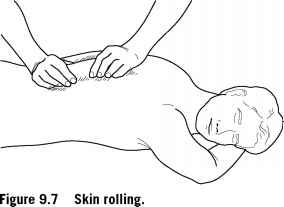
Skin rolling consists of lifting the skin and then rolling it between the fingers in a methodical manner. Skin rolling can be used as an assessment method, to evaluate the tonus of the skin and fascia, and for any fascia restrictions.
2.Lifting :
First the tissue is lifted and then squeezed, and then released and the action occurs between the thumb and first two fingers of the therapist.
We can define it as a partial skin rolling.
3. Wringing :
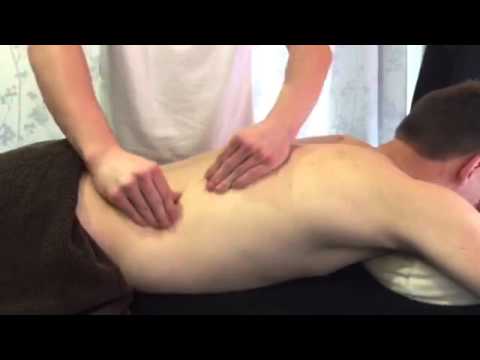
The wringing is a pull-push movement, the tissue is being pushed with the thumb of one hand, while pulled with the fingers of the other hand.
Wringing is very commonly performed on legs and hands, and on back after the lubrication. Many petrissage techniques are easier to perform without lubricant so after applying massage oil is difficult to execute them. Wringing is a petrissage variant that can be easily performed after applying massage oil or lotion.
4. Kneading :

WRINGING MASSAGE TECH. It is a dough kneading movement as the name suggests it. The hands are either synchronized or alternating in a fast sequence. The massage therapist grabs as much muscle as possible and then squeezes the tissue with moderate pressure. After releasing the squeeze a compression follows finalizing the cycle.
5. Milking :
Milking is a form of kneading which uses both hands to grab onto a large muscle group. You grab the muscle with both of your hands, and start squeezing with one hand and then the other, alternating rhythmically and rolling the flesh. This kind of stroke can be performed on the shoulders, upper arms, thighs, and calves.

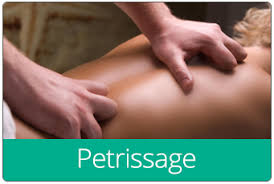
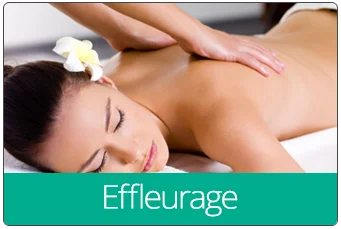

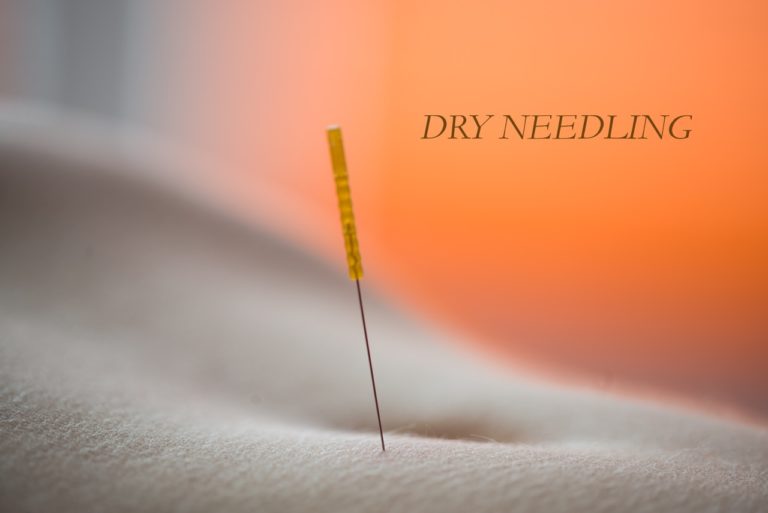
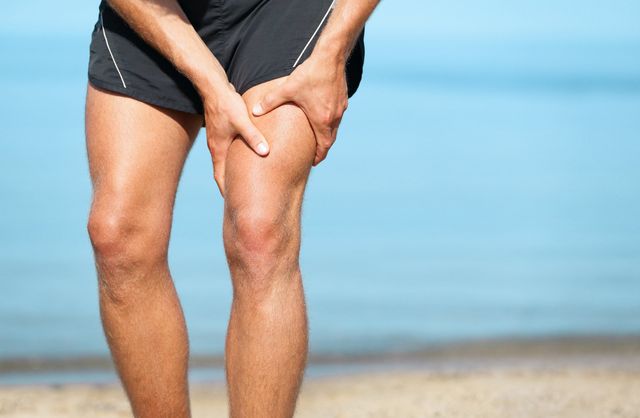
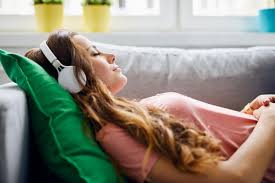

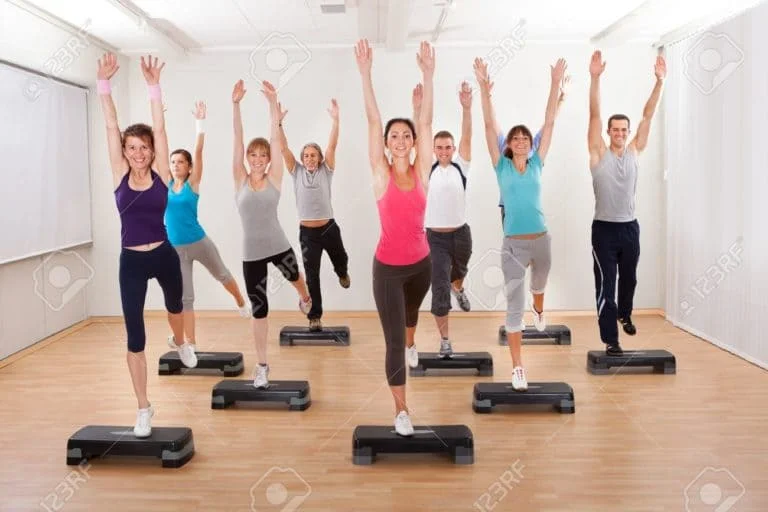
3 Comments